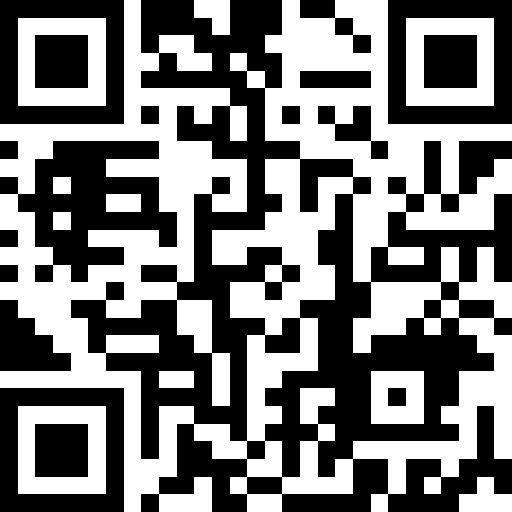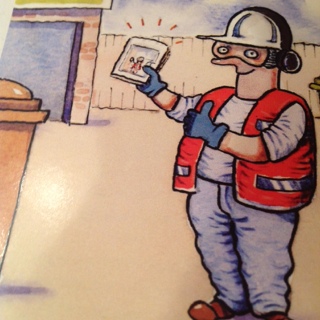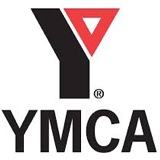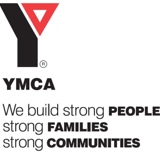Monitoring checklist - Waste collection
-
Date Conducted on
-
Route type 0
-
Driver
-
crew 1
-
crew 2
-
Vehicle Registration/ number
-
location
Driver and vehicle safety
-
Daily check sheet/ log book/documents in place? - Driver completes daily check sheet and logbook before leaving depot. Plus, ensure driver has correct assisted pull information, route maps, risk assessments and bin labels
-
Reversing lights, alarm and camera checked? - Ensure all lights, beacons and alarms have been checked and are working correctly
-
Beacons and other lights checked? - Ensure all lights, beacons and alarms have been checked and are working correctly
-
Other vehicle safety features checked? - Such as RAV rail interlocks, emergency stops, first aid kit, fire extinguisher, spill kit etc in place
-
Mobile phone and radio used correctly? - Compliant with Highway Code
Route risk assessment (RRA)
-
RRA available and relevant? - Collection round carried out in accordance with RRA and RRA still relevant and up to date
-
Safe double sided collection? - Loaders to collect both sides only when identified by RRA. Plus, ensure safe road crossing
Operative Safety
-
Safe operation of hopper and bin lift? - Barrier arms extended, loader standing clear during bin emptying cycle, no grabbing bin before end of cycle
-
Vehicle always stationary when being loaded? - Vehicle must come to complete stop before any bins loaded
-
No loading on reverse travel path into dead-ends? - Bins should only be loaded during vehicle’s forward path out of cul-de-sacs/narrow access roads, not on reverse in path
-
Road safety, footpaths, no running etc? - Roads crossed safely, footpaths used, no running, no following lorry in road
-
Manual handling: Assess, move, lift and lower? - Manual handling techniques follow training. Bins checked for weight before moving, loads lifted inside base, no twisting, no running with bins, push pull follows dip and drive principal
-
PPE worn correctly, suitable and undamaged? - High visibility clothing, gloves, safety footwear worn, good condition, not damaged. Wet weather clothing available
-
Safe vehicle access and egress? - 3 points of contact, no jumping, on nearside if possible
-
Seatbelts worn, loaders seated when travelling? - Driver must allow loaders to be seated with seatbelts worn before moving off, and seatbelts worn when travelling
-
No phones or headphones worn when collecting? - Crew not wearing headphones/using mobiles when loading
-
Infection control measures being used? - Hand washing or cleansing available to staff
Reversing
-
Driver reversing safely? - Reversing at slow speed, use of all available equipment, mirrors, reversing assistant, camera, lights and alarm
-
Reversing assistants using safe methods? - Using correct hand signals, in drivers sight, no walking backwards, remaining outside crush area, use of radio
Public Safety
-
Crew monitoring hopper and bin lifts? - Public must be kept clear of rear of vehicle during compaction and bin lift cycle
- Yes
- No
- N/A
-
Spills cleaned up, brush and shovel used? - All dropped rubbish is collected and disposed of correctly
-
Bins returned to collection point? - Emptied bins returned to where they were collected from
Additional Points:
-
Additional Points:
person completing inspection
-
Name of person completing inspection











